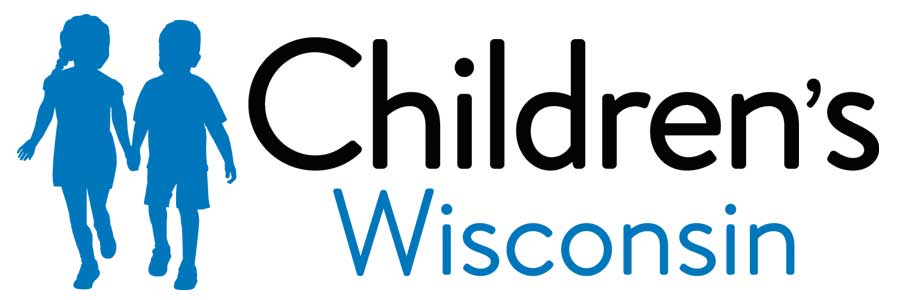Pressure ulcers (1252)
Key points below
What causes a pressure injury?
The injury may start when there is pressure on an area of skin. It sometimes happens because a child is not able to move or change positions or because we are unable to move or look under a medical device. When a pressure injury is first developing, it might look like a bruise, red spot, or dark spot.Where do they develop?
• Common places are on the back of the head, ears, shoulders, hips, heels, elbows, back, tailbone, and diaper area.• Under medical devices such as braces, splints, or casts, or a breathing (CPAP) mask, or name bands, pulse oximeter probes, blood pressure cuffs and electrodes.
Your child’s care team is working hard to prevent pressure injuries. It is best, and easier, to prevent them than to treat them. We have steps in place to help prevent pressure injuries, but we can use your help too!
What does the care team do?
• Look at your child’s skin often.• Reposition or move your child often (at least every 2 hours) if they cannot move themselves.
• If the pulse ox probe, blood pressure cuff, and other medical devices need to be on all the time, we will move them often or use padding underneath them for protection.
• Use special wipes and/or creams with diaper changes. This will help prevent diaper rash.
• Our hospital beds have special mattresses to help reduce pressure. A different type of bed may be ordered based on your child’s needs.
What can you do?
• Watch for red spots. If you see a red spot on your child, please let your nurse know.• Make sure your child is not lying on anything hard. Examples include cords, tubes, and drains. These can cause problems too.
• If your child is wearing a diaper or brief, use a skin barrier like diaper ointment or barrier wipes when you change the diaper. This will help prevent diaper rash and skin breakdown.
• Do not pull diapers or linens out from underneath your child. This might injure the skin.
• Ask your child’s care team about ways you might be able to help your child move safely.
